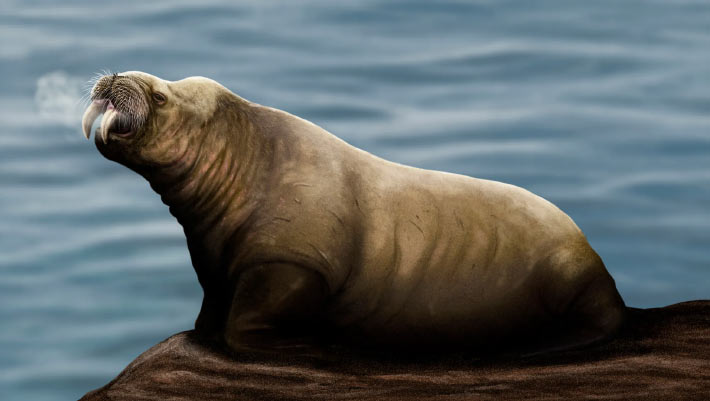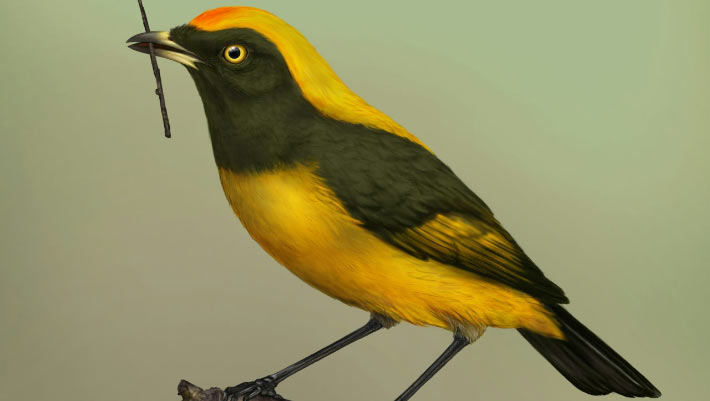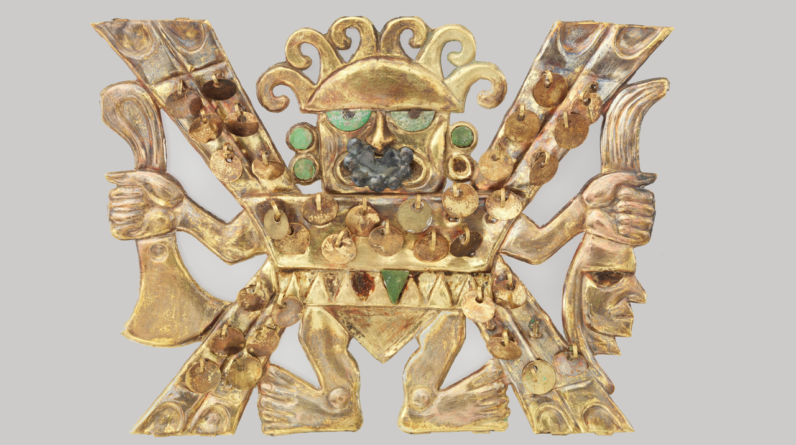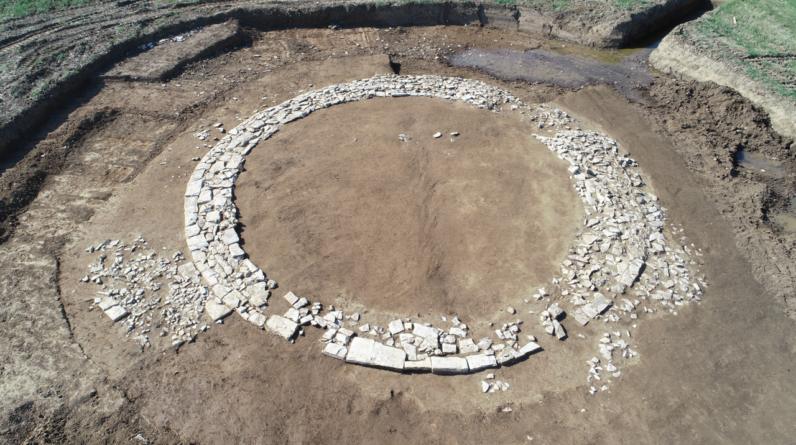
Paleontologists from Japan, Belgium and the United States have identified a new species of the extinct genus Ontocetus from a nearly complete pair of fossilized jaws from the Early Pleistocene of the United Kingdom and the Netherlands and a fragmentary jaw from the Late Pliocene of Belgium. Named Ontocetus posti, the new species displays surprising similarities in feeding adaptations to the modern walrus (Odobenus rosmarus), highlighting an intriguing case of convergent evolution.
“The walrus stands as one of the most iconic mammals of the Arctic, distinguished from all other seals (pinnipeds) by its immense size and prominent tusks,” said University of Tsukuba paleontologist Mathieu Boisville and his colleagues.
“Walruses are one of the largest living members of Carnivora, males of this species weighing up to 2.5 tons with an average length of 3 m.”
“They inhabit shallow, cold Arctic waters and males form small harems during the breeding season.”
“Their primary diet consists of bivalve mollusks such as clams that they capture using a unique ‘suction-feeding’ technique, utilizing lips, tongue, and arched palate as a piston to extract mollusk flesh.”
“While extant walruses predominantly inhabit the Arctic, their extinct relatives once occupied temperate and subtropical latitudes, mainly in the Miocene eastern North Pacific realm, with a wide range of shape and size, from small sea lion-like ‘imagotariines’ to bizarre unique double-tusked dusignathines.”
Ontocetus posti lived in what is now Europe between 3.7 and 1.7 million years ago (Late Pliocene-Early Pleistocene).
The marine animal’s remains were initially thought to belong to another species, Ontocetus emmonsi.
However, detailed analysis of the specimens revealed a unique combination of features that distinguish it as a new species.
These features include the presence of four post-canine teeth, a larger lower canine, and a fused and short mandibular symphysis.
Such anatomical characteristics suggest that Ontocetus posti was quite well adapted to suction-feeding, somewhat similar to its modern relative, the walrus.
“Ontocetus and Odobenus did not coexist in the North Atlantic, Odobenus appearing almost a million years later subsequent to the extinction of Ontocetus,” the paleontologists said.
“Described as a temperate to warm-tolerant tusked walrus, Ontocetus colonized the western North Atlantic during the Early Pliocene before migrating to the North Sea during the warm periods of the Late Pliocene.”
“Its prevalence in warmer waters contrasts with the genus Odobenus.”
“Global climatic cooling during the Early Pleistocene invariably impacted North Sea mollusk faunas and contributed to the isolation of the North Sea from the North Atlantic,” they said.
“Those extrinsic factors associated with the specialization in suction-feeding of Ontocetus posti likely contributed to its extinction around 1.7 million years ago.”
“A more in-depth investigation holds promise in unveiling the past diversity of Ontocetus and Odobenus on a global scale, elucidating the eventual dominance of the cold-tolerant Odobenus rosmarus as the sole survivor.”
The findings were published online in the journal PeerJ.
_____
M. Boisville et al. 2024. New species of Ontocetus (Pinnipedia: Odobenidae) from the Lower Pleistocene of the North Atlantic shows similar feeding adaptation independent to the extant walrus (Odobenus rosmarus). PeerJ 12
As an Amazon Associate I earn from qualifying purchases.







